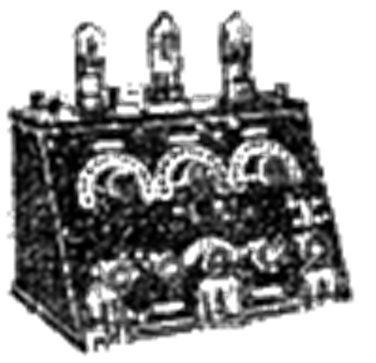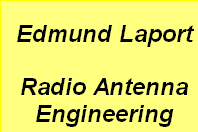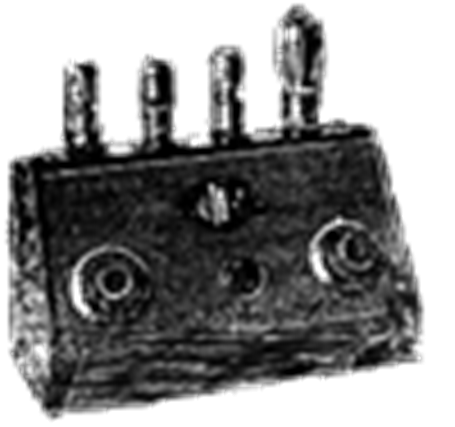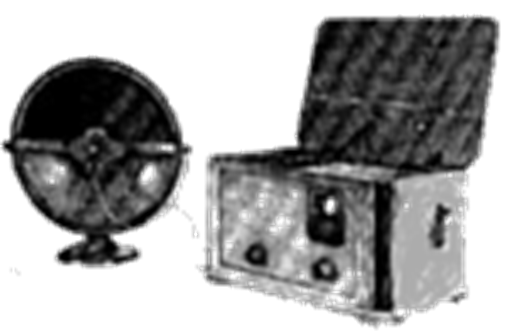


Antentop is FREE e-magazine devoted to Antennas and Amateur Radio an
Special page devoted to
The First Steps (Part- I)

Custom Search
|
ANTENTOP-
02- 2004, # 006
|
The
First Steps (Part- I)
|
|
|
|
||
|
Together
with the "B4N"-set a universal 2-tube receiver 0-V-2
of "PL-2"- type was produced. It could operate as both
one- or two-tubed. Besides, in its construction usual "micro"-tubes
and two-grid tubes of MDS-2 type could be used, the latter working
on low anode voltage. In
all the above-mentioned receivers tubes of direct heating were
installed. The output of radio model "DLS-2" was the
first attempt to make net-supplied receivers. It is a device with
a crystal detector combined with a 2-tube audio amp and a vacuum
rectifier. It works using UO-3 tubes of direct heating. The output
of tubes with indirect heating was the beginning of a new era
in development of radiotechnics because then the problem of complete
sourcing of radios from AC net was solved. Among
the first receivers of this type one can mention radio "E4S-2"
of Orjonikidze Works ("Screened 4-tube AC-sourced")
constructed by E.N.Genishta and radio "EKL-4" of Kozitsky
Works (Leningrad). In both new tetrode tubes were applied. The
further improvement of the former became radios "E4S-3"
and "E4S-4" and of the latter - radio of "EKL-34" type. All
those AC receivers were assembled according to the structure of
direct amplification 1-V-2 using 4-volt glass tubes of indirect
heating types SO-124 and SO-118. A triode UO-104 of direct heating
was used in audio output. Those receivers enjoyed a wide spread
among urban listeners. Just to mention also radios "5NR-3"
and "RP-8" with the schematics similar to the above.
The "U4S-1" set of Ukrainian make was also known. In
1934 the Orjonikidze Works produced a battery-supply receiver
"BI-234" ("Battery Individual") which gained
a wide popularity among the rural listeners. A similar radio named
"RPK-9" was later produced by Leningrad "Radist"
Works. The difference was in their outlook.. The peculiarity
of the set was that it could work using not a full set of tubes.
Depending on their quantity the set could be switched on in the
configurations 1-V-1, 1-V-0, 0-V-1 or 0-V-0. The mode of reception
was set by replacement of the bridges. Its modifications are known
to be the "RPK-10" and "RPK-11" . In
1935 the same Orjonikidze Works produced a new AC-radio "SI-235" ("AC-supply
Individual" - constructed by P.A.Lokhvitsky), wich soon became
the most numerous receiver among the urban listeners of the USSR.
With this radio the era or direct amplification receivers ends.
They were followed by multi-band superheterodynes - the ancestors
of modern radio receiving systems. In
1930's the output of cheap crystal radios continued. Among
them there were the "DV" , "P-8" and
some others. |
 BT
B4N
E4S-2
with "Rekord" speaker |
|
|
|
|
|
|
Page 97 |
||
 |
 |
 |
 |
Just for Fun:

Powered byIP2Location.com
Thanks for your time!
Last Updated:
February 23, 2020 20:24






